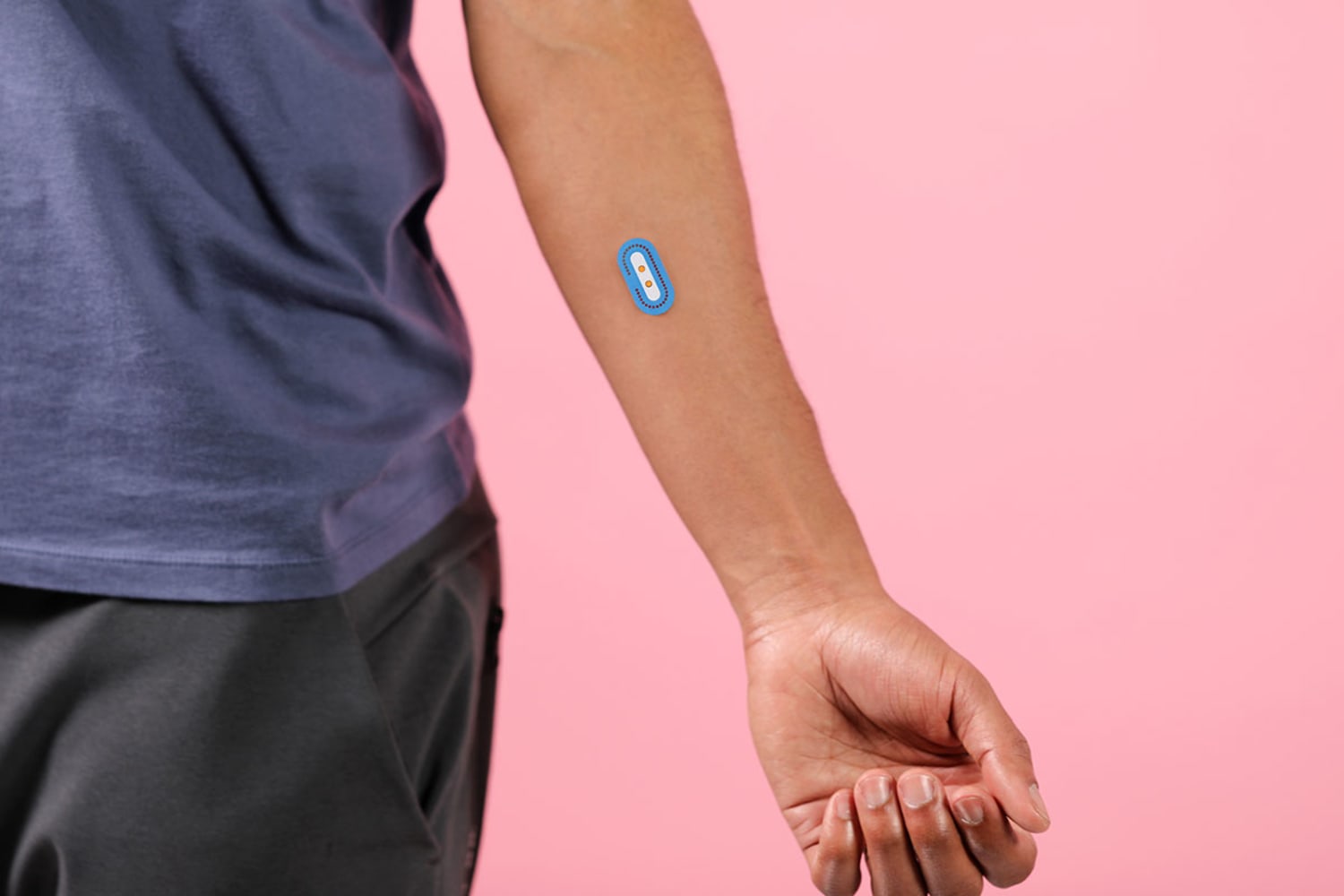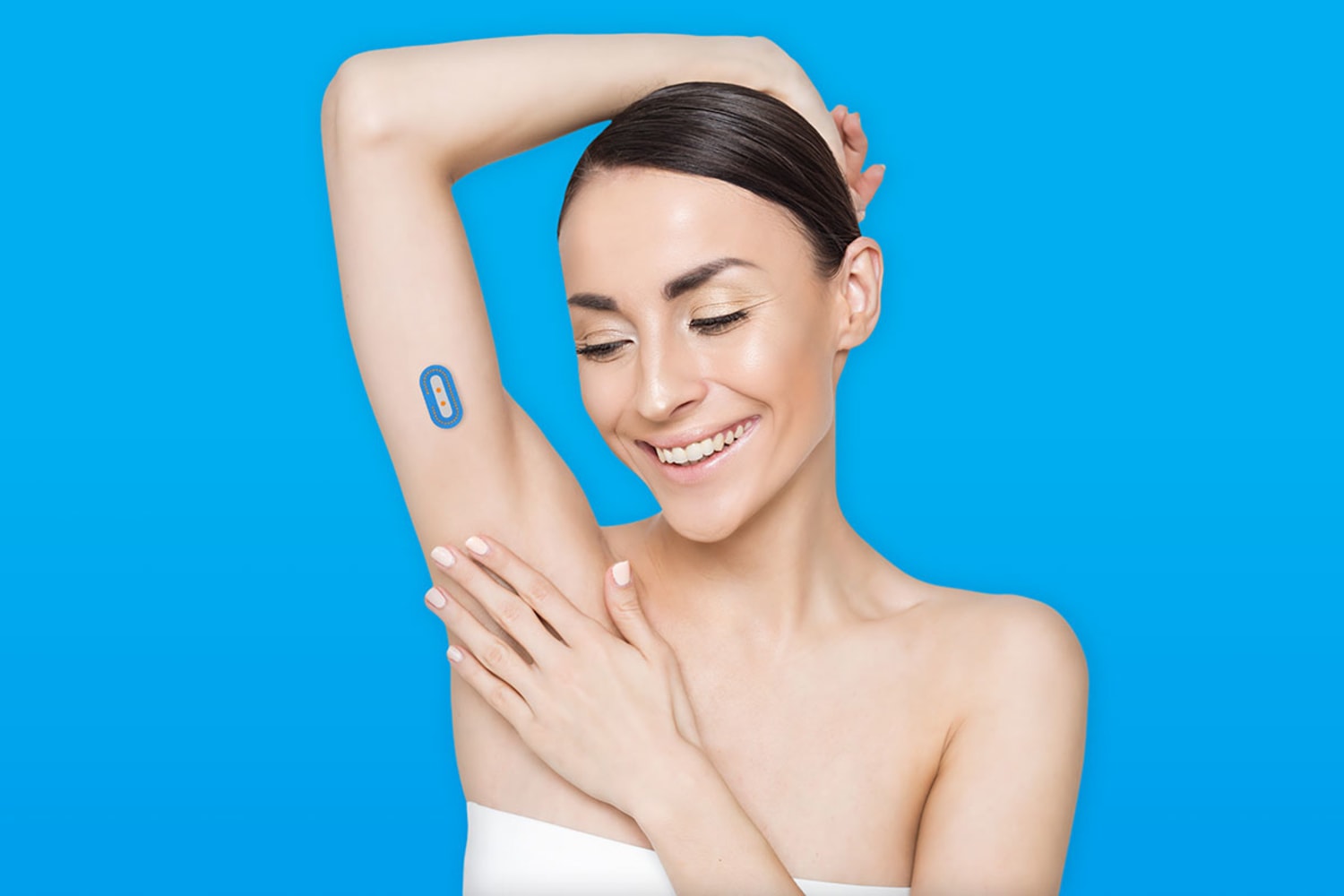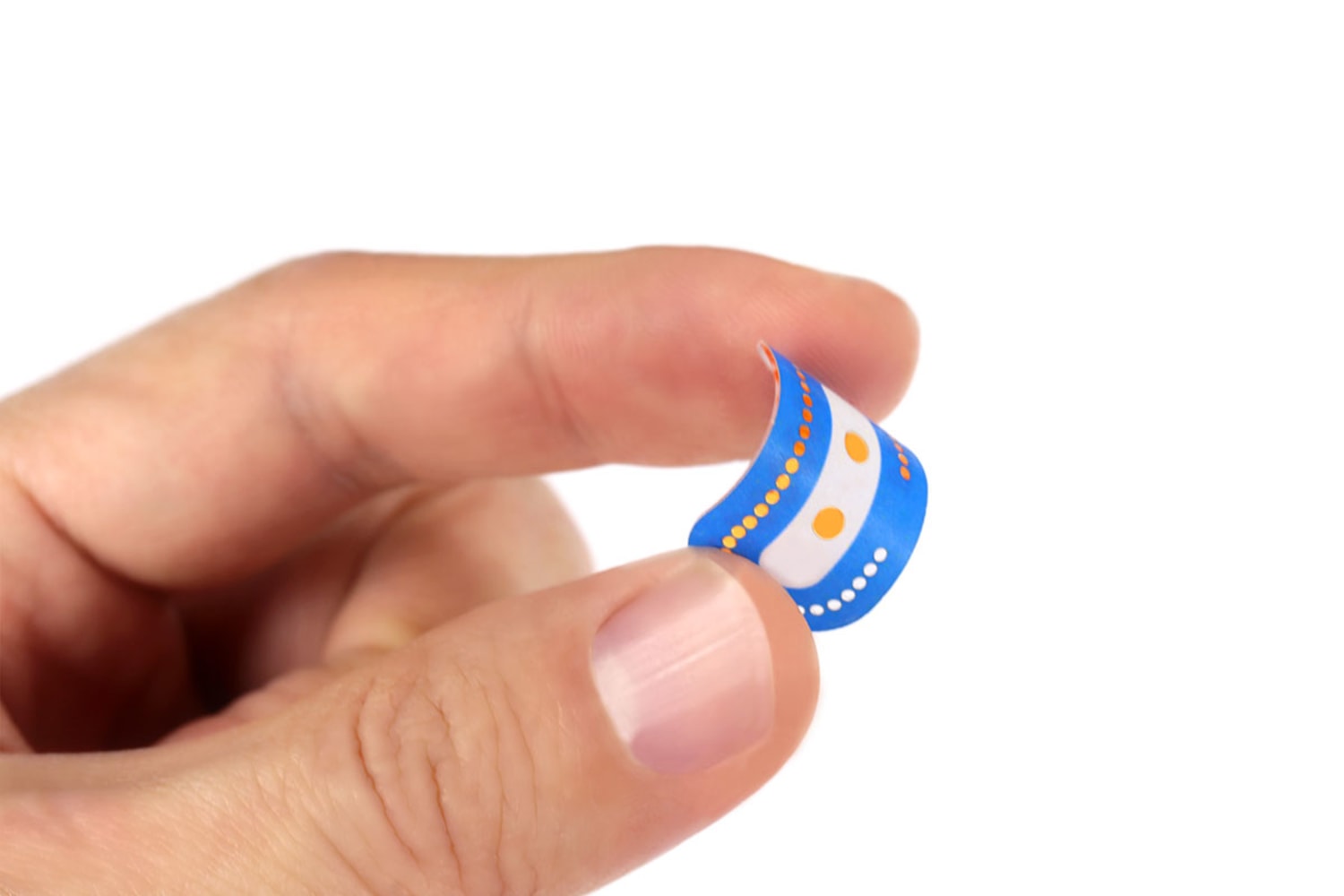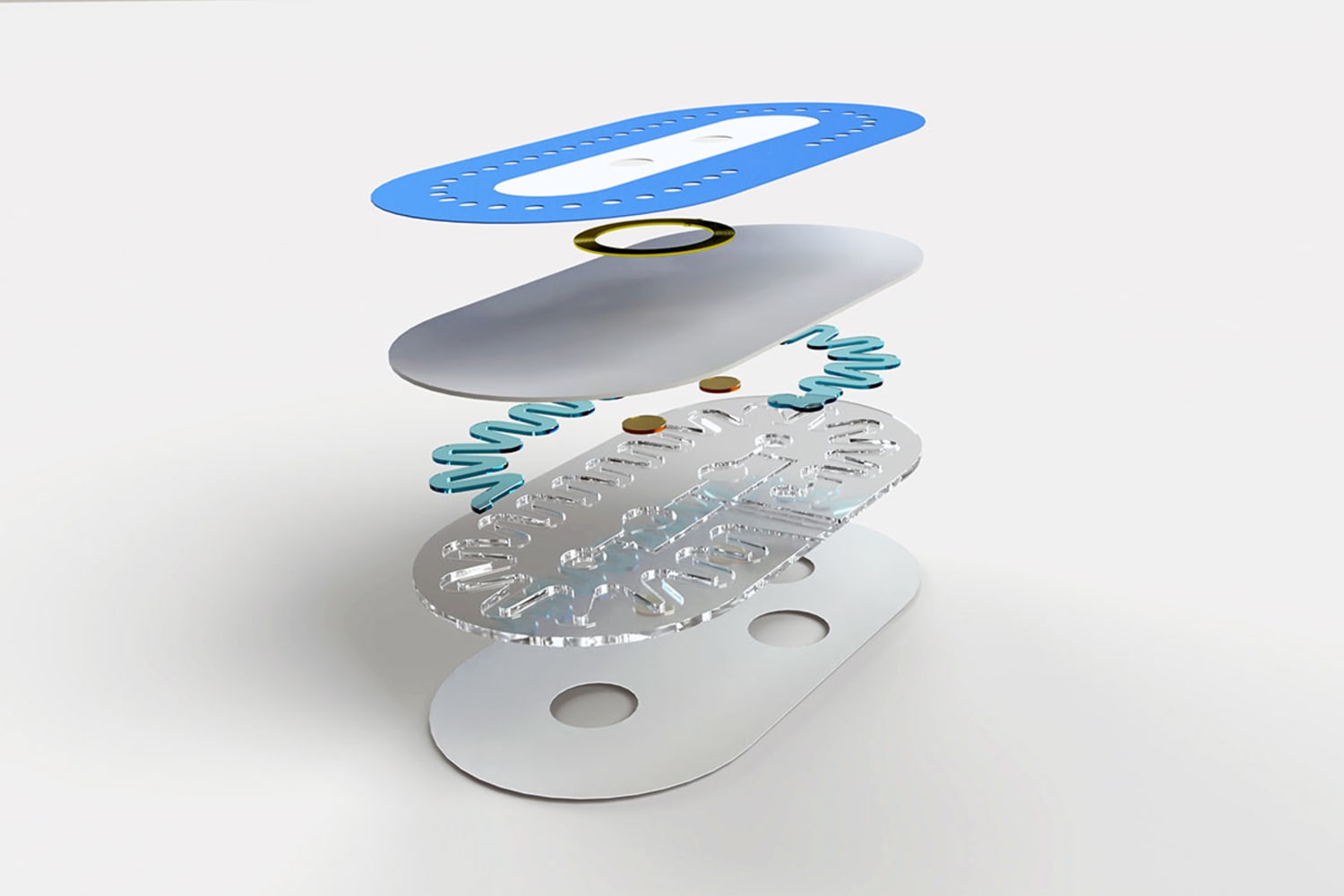Showcasing the ongoing fusion of tech and beauty, L’Oréal debuted My Skin Track pH by La Roche-Posay at this year’s CES. The wearable sensor and companion app measures a consumer’s skin pH to create what the company calls “customized product regimens to better care for skin.” The beauty giant says that the device is the first wearable to measure individual skin pH levels using microfluidic technology, providing an accurate pH reading by capturing trace amounts of sweat from skin pores through a network of micro-channels.
Guive Balooch, global vice president of the L’Oréal Technology Incubator, an arm of L’Oréal’s Research and Innovation, notes that while “the scientific and medical communities have long known the link between skin pH levels and common skin concerns,” the My Skin Track concept can “empower consumers with meaningful information about their skin, so that they can find the products that are right for their individual needs.” L’Oréal created the device in partnership with Epicore Biosystems, which specializes in microfluidic platforms and soft wearable sensors.
Here, Balooch talks about how the concept for the My Skin Track tech evolved, how L’Oréal plans to harness tech to inform its product development, and the launches it has set its sights on next.
In beauty, which areas of concern are currently at the forefront of consumers’ minds?
Skincare has become one of the most serious areas because of the link between wellness, lifestyle, health, and beauty. Biology could bring skincare to a new level. We want to launch projects that we feel are that link between technology and health and skin. With the La Roche-Posay My UV Patch app [launched in 2016], we really wanted to focus on this idea that education could lead to people trying to live a healthier life in the sun.






